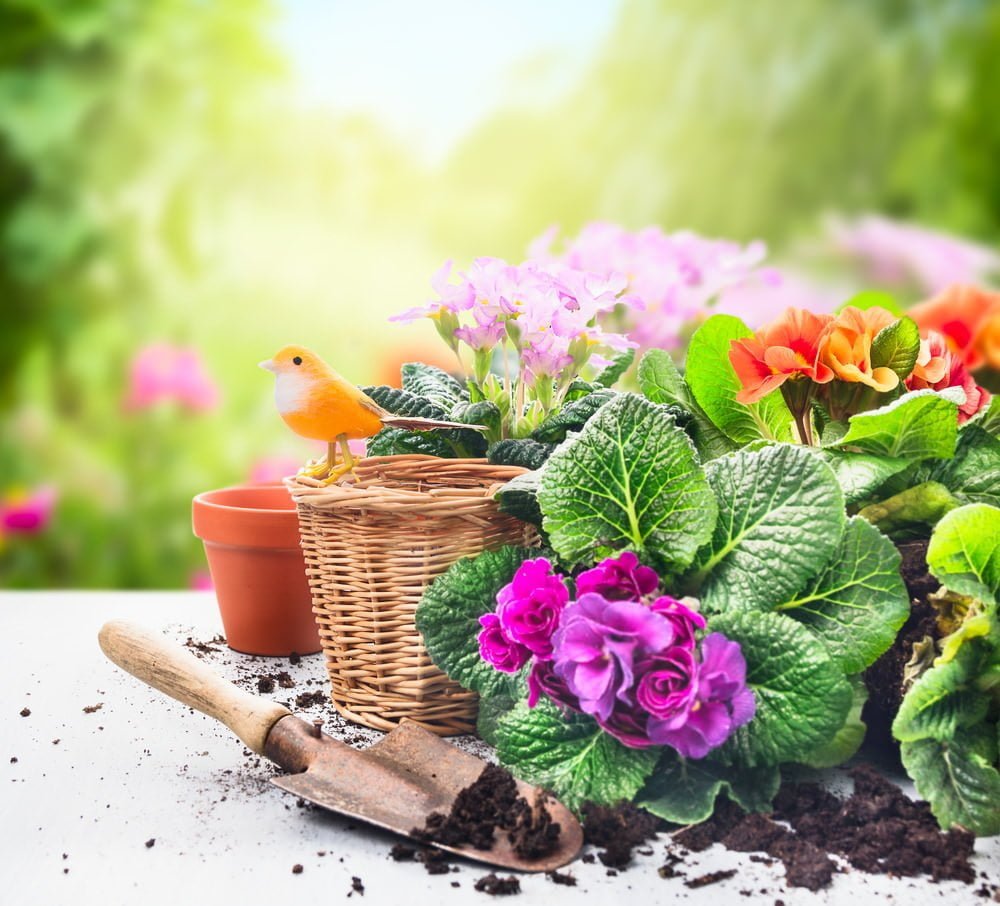You don’t have to leave your outdoor plants behind if you’re moving.
After all, you have invested time, effort, money and care into growing a healthy and beautiful garden and landscape.

As long as your new home has the right soil and climate conditions, you should be able to pack up and transport many of your much-loved plants.
Moving Perennial Flowers and Small Outdoor Plants
Trim down the outdoor plants and perennial flowers you plan to transplant, leaving about 6 to 12 inches of growth. Trimming not only makes them easier to move, but also encourages growth after replanting. Plants that have lots of stems, flowers and leaves are more likely to get stressed when moved.
After trimming, carefully dig up the plants and place them in paper bags for travel. Keep a good amount of dirt around the roots to help your perennial flowers and small plants survive the trip and adjust to any differences in growing conditions.
Transplanting Potted Outdoor Plants
Are any of your potted plants in terra cotta containers? Clay planters break quite easily, and you don’t want that to happen on the road. So, a couple of weeks before your move, transfer the plants to plastic containers.
Water your potted plants before moving day, but just add enough to keep them from drying out during transport. Pack the pots snugly in open-top boxes – use newspaper or bubble wrap to keep them steady during the ride. Once you arrive, put your potted outdoor plants in their new garden homes.
Bringing Your Vegetables and Garden Plants
Vegetables and other garden plants can be more difficult to move, but the task may be doable if you can prepare the soil in your new garden first. This step is crucial, as vegetables need to be replanted immediately for the best chance of transplant success.
Water your vegetable garden a few hours before the move. Gently dig up the plants in the afternoon or evening when the sun is less direct, making sure to leave as much of the root ball as possible. Get them in the ground at their new location within a day and keep them well-watered for a couple of weeks, and they should be able to get through the move.
Relocating Shrubs and Landscaping Trees
If you have favorite shrubs or landscaping trees, you may want to give them a spot at your new address. Generally speaking, the bigger they are, the more difficulty you may have in transplanting them successfully on your own.
Landscaping trees one inch or less in diameter (measured six inches above the soil level) and shrubs up to three feet tall can usually be moved without digging up the entire solid root ball. Any that are larger will require extra manpower and possibly special equipment to transport – which may come at a high cost. And, even then, you have no guarantee they will survive the move.
Unless you have a compelling reason to move large landscaping trees and shrubs, leave them behind and choose new ones to plant at your new home. You may find that the cost is a wash.
The friendly, knowledgeable staff at Millcreek Gardens, serving customers throughout Northern Utah area, can offer expert advice and suggestions to solve all of your gardening and landscaping dilemmas. For help with your landscape trees, shrubs, indoor and outdoor plants, visit our Salt Lake City plant nursery today.


